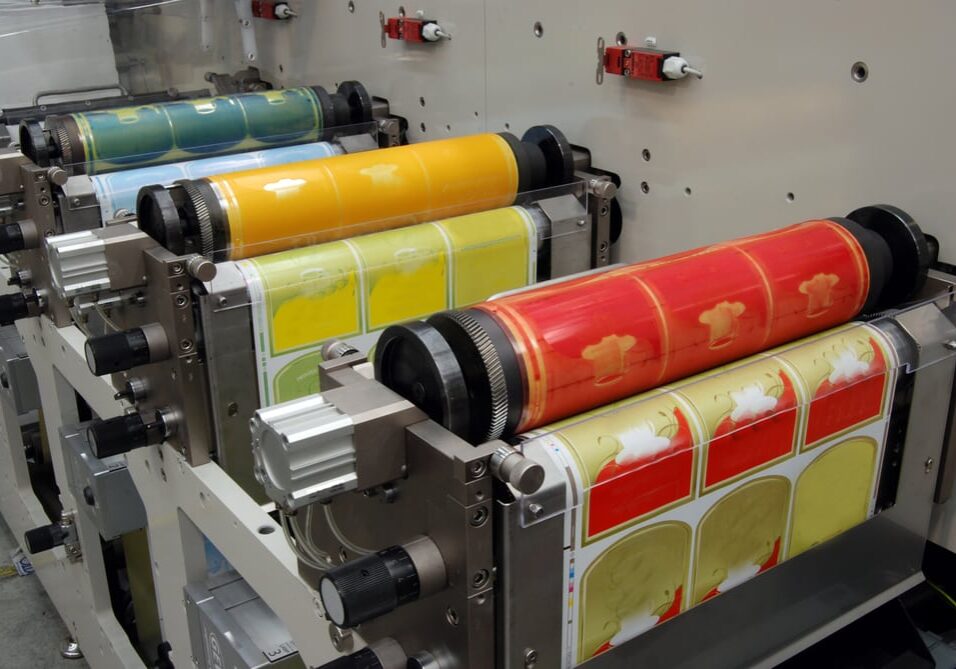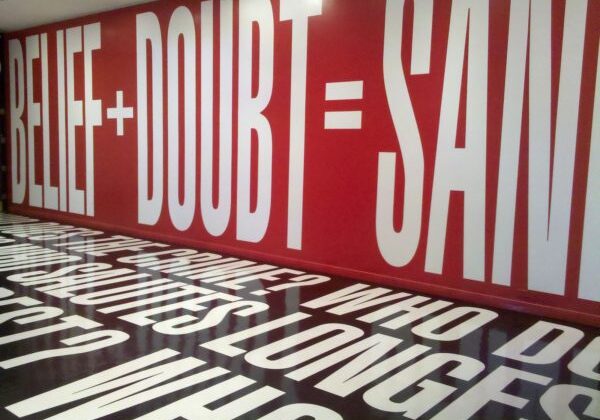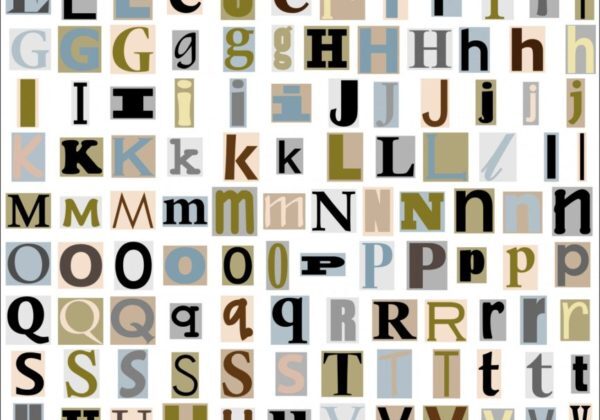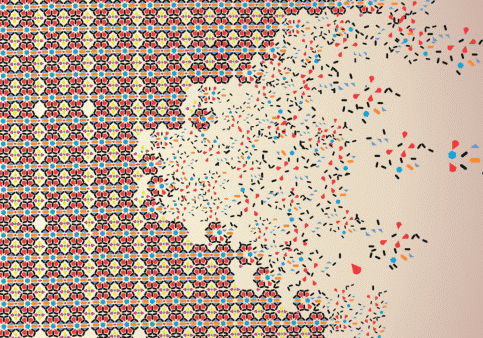There are a lot of different possible applications for graphic design. Some graphic designers or agencies will specialize, or be niche-specific. However, many brands often require numerous avenues for approaching brand awareness. Since a branding agency concerns itself with your brand on a comprehensive level—from the tiniest details to the big picture—they can be a one-stop shop for cohesive and effective designs that span the gamut.
- Advertising & Marketing Design – This is graphic design done for deliverables including flyers, magazine ads, billboards, vehicle wraps, email templates, social media graphics, and more.
- Package Design – This is exactly what it sounds like: graphic design done for packaged items in formats like boxes, bottles, jars, labels, wrappers, etc.
- User Interface Design – This is graphic design generally done for websites, game interfaces, and apps. Of course, this can also apply to environments. But, this gets subcategorized as experiential design.
- Publication Design – This is graphic design done for books, catalogs, newsletters, directories, and so on.
- Motion Graphic Design – This is graphic design created for title sequences, presentations, promo videos, trailers, animated elements, and gifs … just to name a few.
- Environmental Design – This is graphic design applied to signs, exhibitions, building or shop interiors, stadiums, events, wall murals — anywhere that takes up space.
- Visual Identity Design – This is graphic design for the brand identity elements, which include colors, shapes, imagery, textures, details, typography, and, of course, logo design.
Not all agencies have specialties in these areas. But, we can probably think of at least one that does.

Plan it, make it, stretch it, wrap it, ink it, spin it, long print run it : Flexographic
Flexographic printing is a form of direct relief printing that is characterized by the use of flexible printing plates. In the past, these printing plates were always made of rubber, whereas today, flexible photopolymer printing plates might also be used. These plates have a slightly raised image of the content on them, they’re inked, and…

The Difference Between Graphic Art and Graphic Design
Graphic Art – the fine and applied art of representation, decoration, and writing or printing on flat surfaces together with the techniques and crafts associated with them. Essentially, a graphic artist may create art for the sake of art. They may want to convey a certain idea or story, or they may not. Graphic artists…

What is Typography?
Essentially, typography is the visual component of the written word. It is the technique, and art, of arranging letters in a way that makes the text legible, clear, and visually appealing to the reader. Typography involves the structure, size, weight, and style of the characters. It also considers the amount of space between the letters,…

The Importance of a Social Media Presence
Social media has become an integral part of our lives, with billions of people across the globe using these platforms to connect, engage, and share content. For businesses, social media provides a powerful opportunity to build brand awareness, connect with customers, and drive growth. In today’s competitive marketplace, having a social media presence is no…

Typefaces & Fonts Do More Than Transmit Words
Do the typefaces and fonts you choose for your brand materials matter? As long as it’s in a language the audience understands, they’ll get the intended message, right? Wrong. Typefaces and fonts are essentially the shapes of the letters. Shapes are multi-sensory, meaning they affect more than one of your senses and can easily elicit…

What is Clear Space?
Clear space refers to a specific amount of are a logo is defined to have on all sides (in a brand standards manual or house style guide), no matter where the logo is applied. The reason for clear space is to ensure the logo maximizes visibility and impact. There is no set rule for defining…

What is Brand Consistency and Why is it Important?
Brand consistency means always delivering messages aligned with the core brand values in the same tone, presenting the brand’s visual language in a consistent way, and repeating the same colors throughout the cohesive brand experience. Over time, these elements become ingrained in the minds of consumers, and they’re more likely to remember your brand. Brand…

6 Reasons why a Strong Brand is Important for your Small Business
Building a strong brand is a critical component of any successful business. A well-crafted brand strategy not only helps businesses establish recognition and build trust with their customers, but also supports advertising efforts and inspires employees. Furthermore, strong branding can increase a business’s financial value and generate new business opportunities through word-of-mouth referrals. As the…

